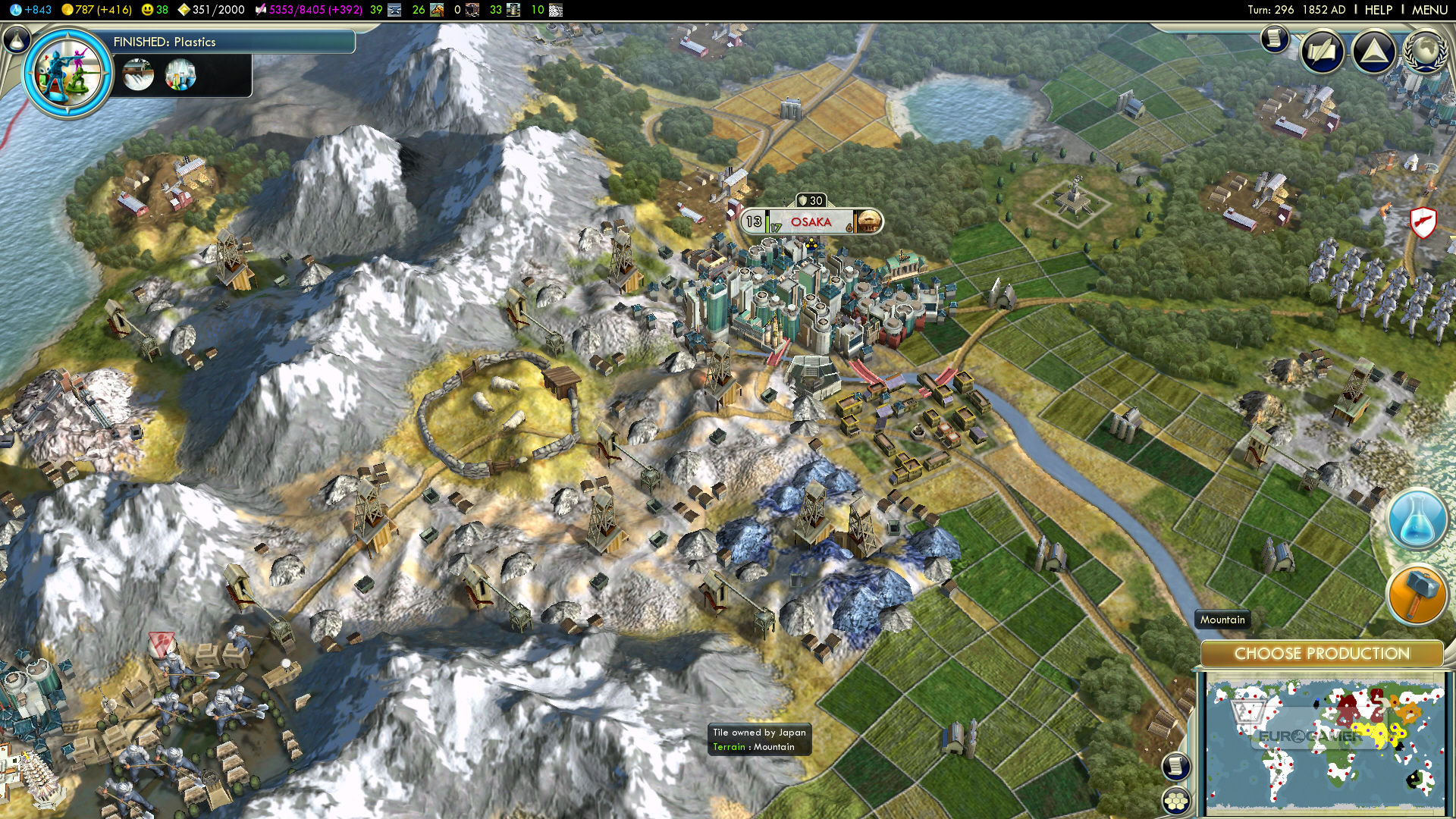

We'll be classified as a fully type I when we go completely to renewable power.Ī type II civilization is one that can fully harness all the energy of their sun. That means we can store and use energy from our sun, but still use fossil fuels.

It was created by an astronomer named - you guessed it - Kardashev, as a way to gauge the technological advancement of any civilization. Excited stargazers began throwing around phrases like "this could be a type II civilization" and other such SETI (Search for Extraterrestrial Intelligence) arcana.įor clarity's sake, civilizations can be classified by something called the Kardashev scale. The signals were coming from the Hercules constellation, and based on the power of the signals and their frequency, the buzz was that this be a message from really, really advanced aliens. You'd probably feel almost as bad as they would.Įarlier this week, the web was aflutter with news that radio astronomers in Russia had picked up 'suprisingly strong' radio signals coming from a star cluster about 94 light years away. The James Webb telescope is set for launch in 2018.Let's imagine having to point out to a close friend they hadn't actually won the lottery. They say they are eager to use Hubble's successor, the James Webb Space Telescope, to see what wonders the universe still has in store, looking even farther back in space and time. "This is the beginning of everything, and these pictures are starting to give us the picture that emerges from that early period in the universe."Įllis, along with other astronomers involved in this study, says older galaxies exist, but they are beyond the range of the 23-year-old Hubble telescope. You know, the oxygen that we breathe, the iron in our blood, the calcium in our bones," said Grunsfeld. "This is the time where the universe, filled with hydrogen, started to make stars and galaxies that made the chemical elements that we are literally made out of. NASA's Grunsfeld describes the cosmic dawn as the period when "the universe emerged from the dark ages." They took the first census of this era in cosmic history and found a galaxy that is potentially the oldest ever observed.Įllis' team says the cosmic dawn was likely not a dramatic event, but a gradual process. They were looking for galaxies that formed 350 million to 600 million years after the Big Bang.
Iphone xs civilization beyond earth image Patch#
The astronomers studied a patch of sky for more than 100 hours during a six-week period in August and September. "We think it happened 200 million years after the Big Bang, and it was a very important moment in cosmic history."Įllis' team used Hubble to take the first census of galaxies born during that so-called "cosmic dawn." Those hydrogen clouds eventually clumped under gravity and collapsed and cooled and ignited the very first generation of stars and galaxies, and it's this moment we call 'cosmic dawn,'" explained Ellis.

"The universe was, at that time, very dark. Nearly 14 billion years ago, the universe began with the so-called Big Bang, and about 400,000 years after that, the element hydrogen formed.Ĭalifornia Institute of Technology astrophysicist Richard Ellis, who led the team that discovered these oldest-ever-seen galaxies, describes the timeline from there. To understand where we came from requires a brief review of the generally accepted theory about the evolution of the cosmos. We're always wondering, 'Where did we come from and where are we going?' And Hubble is providing answers to both those questions." "It's back to the fundamental origin story. "These are baby pictures of the universe," John Grunsfeld of NASA's Science Mission Directorate told reporters during a NASA teleconference Wednesday. Hubble's new images show a dense scattering of bright specks, slashes and swirls of reds, yellows and violets against the backdrop of black space. They discovered seven previously unseen galaxies that formed more than 13 billion years ago, not that long in cosmic time, after the birth of the universe. Astronomers describe a different kind of dig when they study the dawn of the cosmos.Ī team of scientists used NASA's Hubble Space Telescope for a cosmic "dig" of sorts, peering even deeper into the universe, looking, in effect, even further back in time. Here on Earth, when researchers study the dawn of civilization, they often rely on findings from archeological digs. One of them might be the oldest ever observed. Astronomers have used NASA's Earth orbiting Hubble Space Telescope to reveal primitive galaxies - vast clusters of stars - that are more than 13 billion years old.


 0 kommentar(er)
0 kommentar(er)
